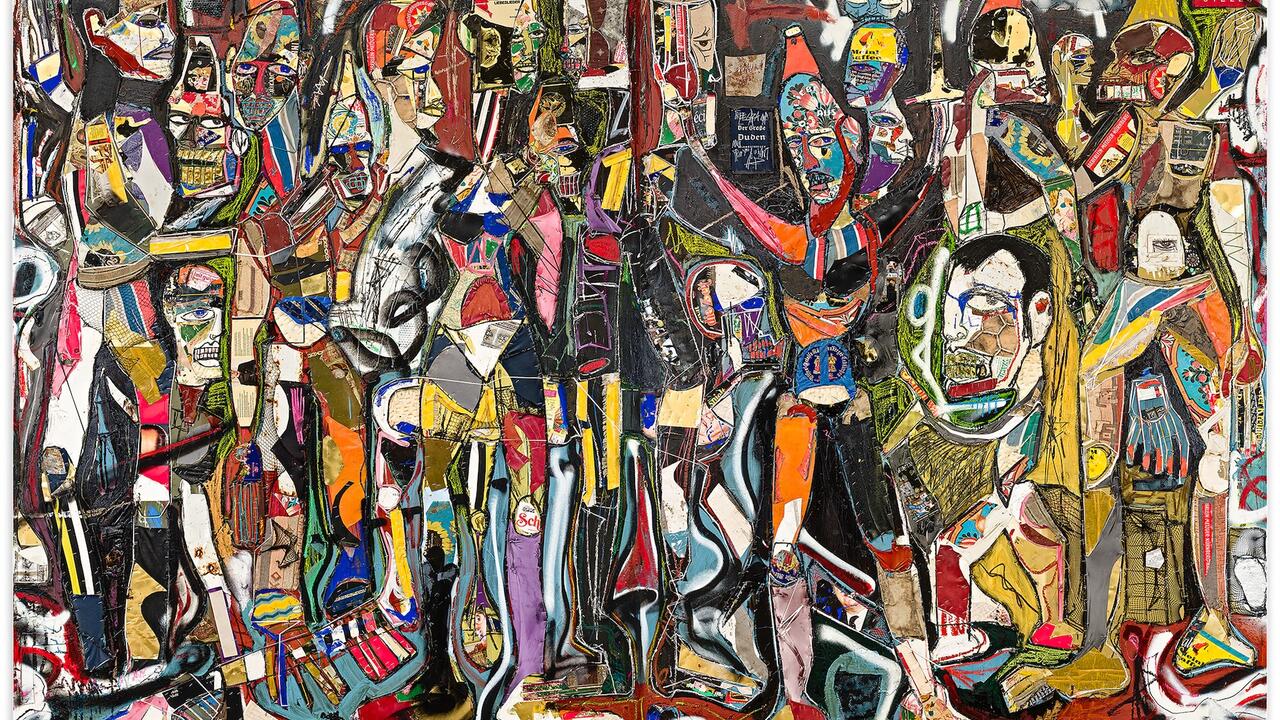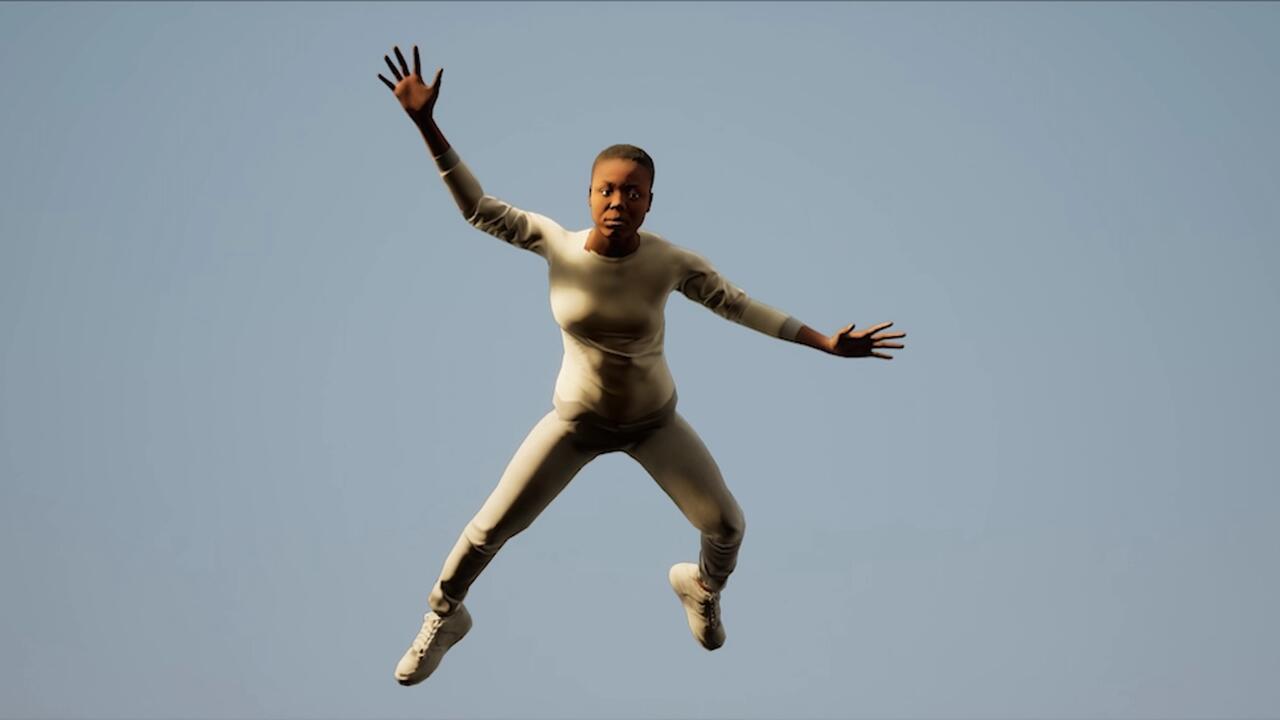The 2017 Whitney Biennial
Whitney Museum of American Art, New York, USA
Whitney Museum of American Art, New York, USA

Representation of artists from diverse backgrounds – or a lack thereof – is an ongoing concern for museums, particularly those like the Whitney Museum of American Art, whose programme aims to cover the full scope of modern and contemporary art in the US. In order to advance a more inclusive art history, the co-curators of this year’s Whitney Biennial, Christopher Lew and Mia Locks, have selected works by artists of various races, classes, creeds, genders and sexual orientations – many of whom address the topic of identity and place in society. Consequently, this installment of the biennial – the 78th – is, perhaps unsurprisingly, the first in which the majority of artists are from traditionally marginalized backgrounds. It is not a political exhibition per se, but its intention to combat disenfranchisement – whether the outcome is considered successful or not – can be viewed as the practice of social justice.
Despite this, one painting in particular is causing righteous furore: Dana Schutz’s Open Casket (2016) crudely depicts the mutilated face of Emmett Till, a 14-year-old African-American male brutally abducted and lynched by white supremacists in Mississippi on 28 August 1955, whose murderers were all acquitted. Much ink has already been spilled on the work and the ensuing protests that have called for its removal, and there is insufficient space here to address the controversy in detail. However, it should be noted that Schutz’s painting turns a very real (and famously photographed) example of white supremacist violence into a gestural abstraction – effectively obscuring the evidentiary purpose and power of its source material.

Though Lew and Locks have tried to avoid making overt political statements, the biennial is easy to politicize. Looming behind it all is US president Donald Trump, who treats liberty and justice as mere platitudes while dismantling the legal means to preserve them. In this context, Park McArthur’s Another Word for Memory Is Life (2017) – a series of brown metal highway signs typically used by the US National Parks Service to highlight landmarks, but here devoid of text – can be read as a reference to the stripping of public infrastructure likely to follow Trump’s promised budget cuts. Ultimately, however, McArthur’s work comes across more as a literally and figuratively flat minimalist sculpture, rather than as a bold gesture in favour of public entitlements. The collaborative Occupy Museums’ Debt Fair (2017) turns this critique back on art institutions, presenting a large wall installation of texts detailing how artists have been crushed by debt (student loans, rising rents, lack of museum compensation), alongside their works, which are offered for sale as a prescriptive. MoMA Trustee Larry Fink, the CEO of BlackRock – a blue chip asset-management company that, among other things, trades in debt – is cited in a slideshow as a kind of antagonist. Characters like Fink are emblematic of the inherent contradictions of charity in our neoliberal age.
The biennial includes a fair amount of painting – in addition to Schutz, there are works by Aliza Nisenbaum, Celeste Dupuy-Spencer and others – though much of it can be characterized as social portraiture, depicting the dispossessed. Oto Gillen’s photographic series ‘New York’ (2015–ongoing), projected as floor-to-ceiling slides, similarly portrays residents of a heavily policed and surveilled city; Deana Lawson’s photographs of African-American subjects in quotidian yet carefully composed settings not only picture individuals who lack representation in art, but venerate them.
Some of the works on view seem to suggest that mutualism can get messy. John Riepenhoff’s ‘Handler’ series (2011–ongoing), for example, mounts works by other artists as placards atop headless mannequin legs dressed in the artist’s own clothes – alluding both to the self-sacrifice of supporting others, as well as the ways such gestures go unacknowledged. Samara Golden’s The Meat Grinder’s Iron Clothes (2017), a mirrored jewel-box installation of mixed-use high-rise interiors, reproduced at half scale and stacked as balconies, layers various degrees of social stratification – from the gleaming bathrooms of The Standard hotel, which looks out onto the Whitney, to the crowded living room of a nearby, low-income apartment block – picking apart the notion that proximity produces either community or affinity.
Pope.L’s nearby Claim (Whitney Version) (2017) satirizes our hopeless attempts to classify human beings: a large pink cube, dotted inside and out with a floor-to-ceiling grid of rotting bologna slices, can be entered as if a separate gallery. On each circular slab of meat are, allegedly, depictions of every Jewish person living in New York. Inside, viewers can read a framed statement that casts doubt on the accuracy of Pope.L’s census; beside this sits an open bottle of Mad Dog 20/20 fortified wine, perhaps an allusion to the oft-quoted adage that biased researchers and politicians use statistics like drunks use lampposts: for support rather than illumination. Pink is also a glib signifier for womanhood, making the coupling a crass pun: cold cuts as female genitalia. Blackness and dyslexia, curatorial and sociological authority are all mocked in the artist’s text through a list of provocatively clichéd personifications. The total breakdown of identities in Claim emphasizes the inherent fallibility of group classifications. I would prefer to consider this not as an appeal for visibility, but its opposite: opacity, which is also under attack from the current government’s proposed repeal of various online privacy protections.
The pursuit of exposure or anonymity is one of many dialectical struggles that girds the works in the exhibition. Schutz’s Open Casket – criticized in an open letter penned by artist Hannah Black and co-signed by more than 30 other black artists as a white artist’s appropriation of black trauma – stands paradoxically at the entrance to Kamasi Washington’s installation Harmony of Difference (2017), a six-channel video that samples jazz counterpoint as a device for the sonic resolution of dissonance and, in the artist’s own words, ‘social difference’. Jazz, one the few cultural forms truly native to the US, is a syncretic art developed by oppressed former slaves – and a positive example of appropriation.
There are other vexing juxtapositions: Henry Taylor’s The Times They Ain’t A Changing, Fast Enough! (2017), a painting of the shooting of Philando Castile, an African American, by a Mexican-American police officer (now under indictment for manslaughter), clashes with Jordon Wolfson’s Real Violence (2017), installed in an adjacent gallery: an overproduced guignol virtual-reality video in which the artist, a white man, bludgeons another white man to death with a baseball bat on a street in broad daylight, to the tune of a Hebrew Hanukkah prayer. While we await the results of the trial for Castile’s murder, Wolfson faces no repercussions for his fictive act, but tellingly smirks back at us, as computer-generated blood runs on the pavement. While the Hebrew prayer could be an oblique comment on the recent spike in anti-Semitic violence, the work’s juvenile shock tactics and anaemic narrative read more like a half-baked slasher film that confuses high budget for artistic value.
The exhibition seems to call for the end of police brutality and other forms of systematic oppression, while also promoting greater diversity and access. However, the exact opposite has followed the most recent presidential election, the reactionary force of which this exhibition fails to adequately acknowledge. While Lew and Locks’s optimistic curatorial approach is favourable to antipathy, the dark and persuasive arts of the far right – from their falsification of history to their use of libel and slander to unravel liberal democracy – must be countered far more directly through visual and material culture.
Main image: Dana Schutz, Open Casket (detail), 2016, oil on canvas, 99 x 135 cm. Courtesy: the artist and the Whitney Museum of American Art, New York





















